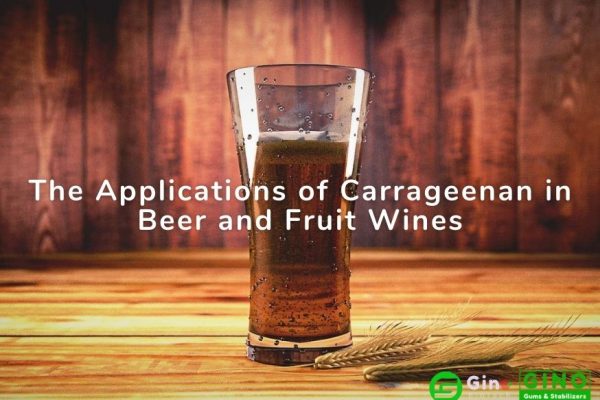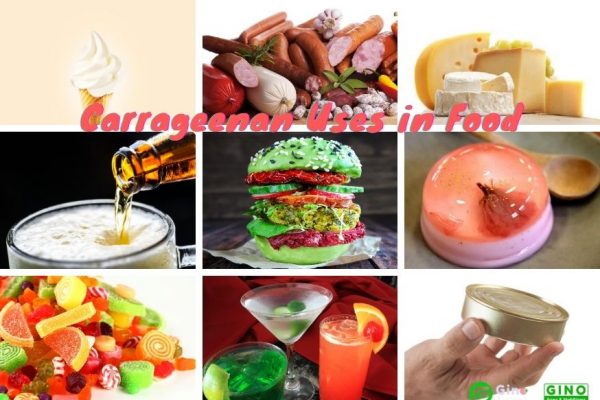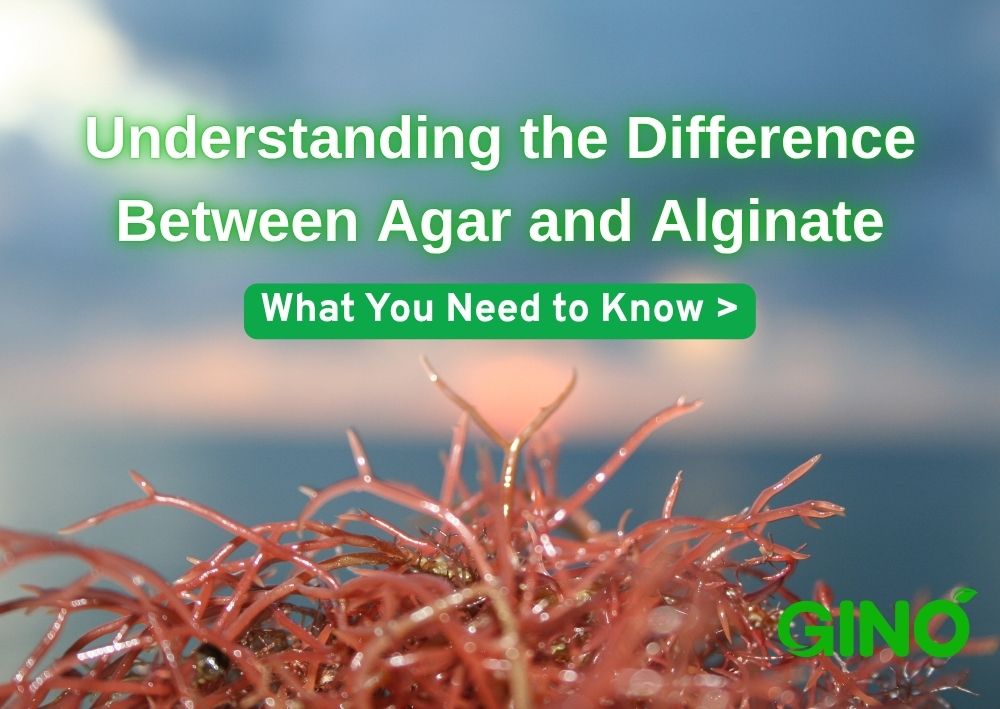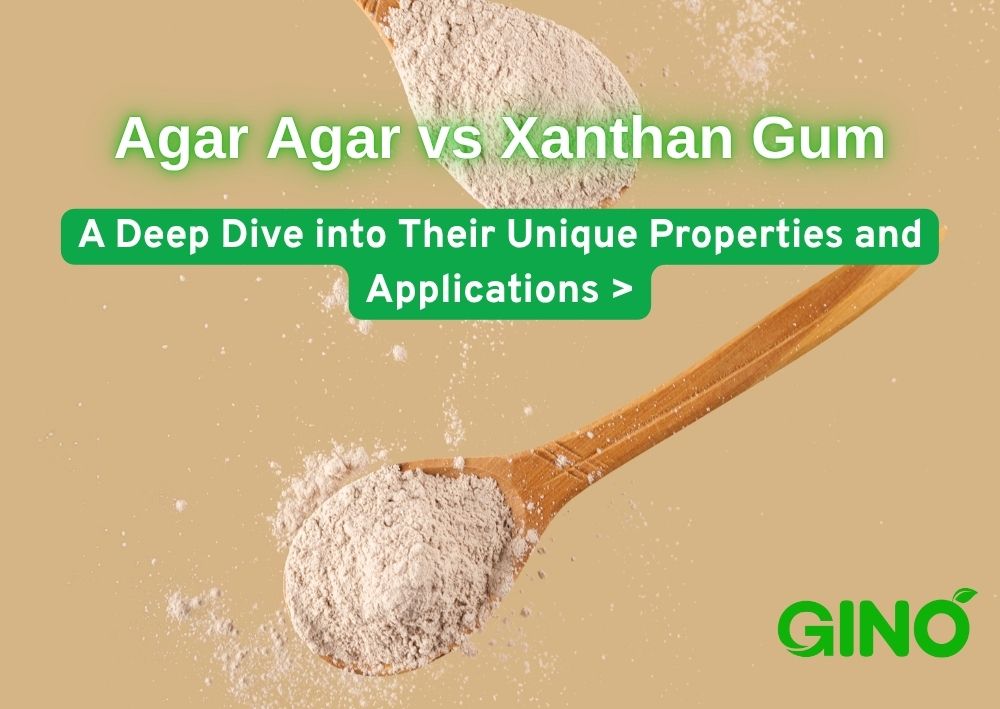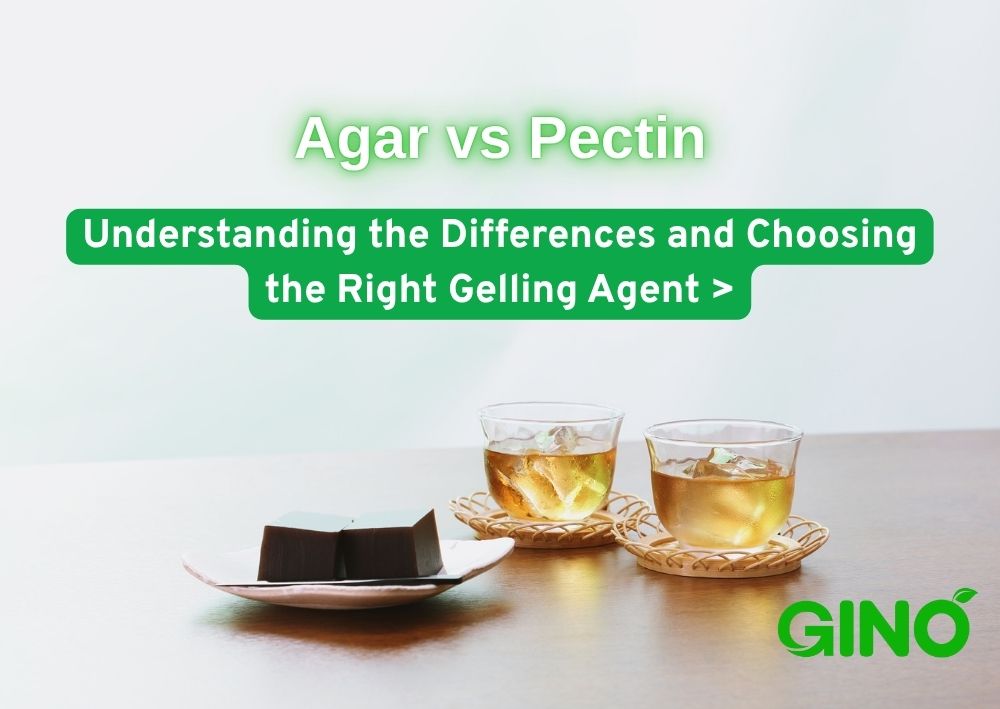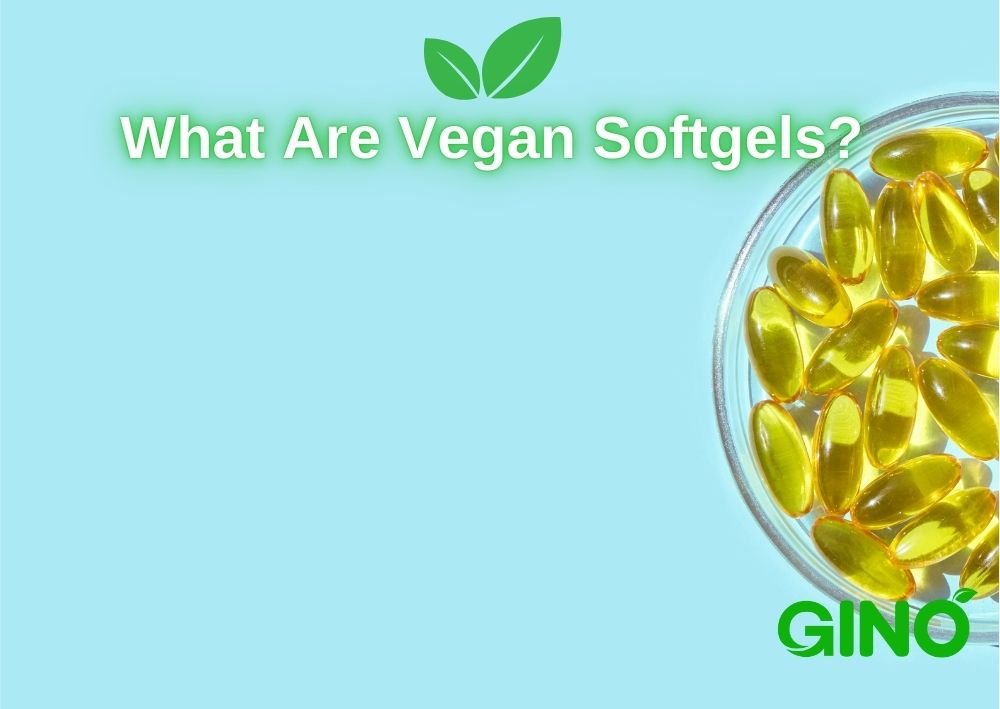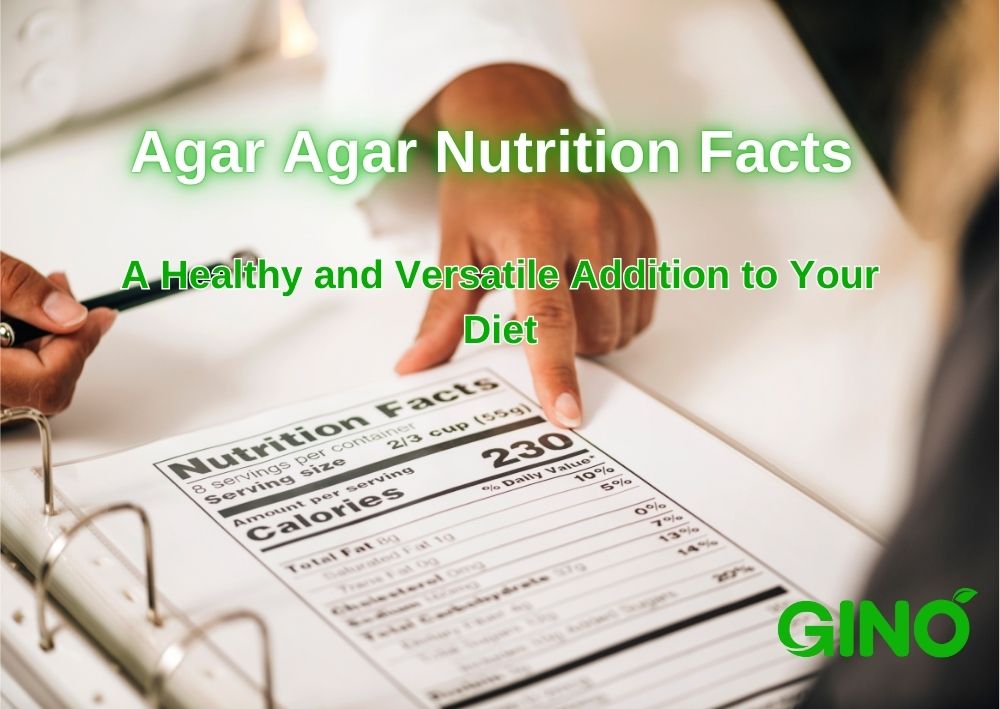For over 10 years, Gino Biotech has been a major supplier of food hydrocolloids. With our variety of plant-based gums & stabilizers, we can create tailor-made hydrocolloid solutions perfectly matched to the needs of our customers. READ MORE
Is carrageenan safe? Carrageenan Safety Assessment
Is carrageenan safe? Carrageenan Safety Assessment
Facebook
Twitter
LinkedIn
Carrageenan, one of the three major seaweed gums in the world, has many physicochemical properties such as forming hydrocolloid, gel, thickening, emulsification, film formation, stable dispersion, etc. It can be used as gelling agent, emulsifier, thickener or suspending agent, and is widely used in food industry, daily chemical industry and biochemical and medical research fields. So is carrageenan safe?
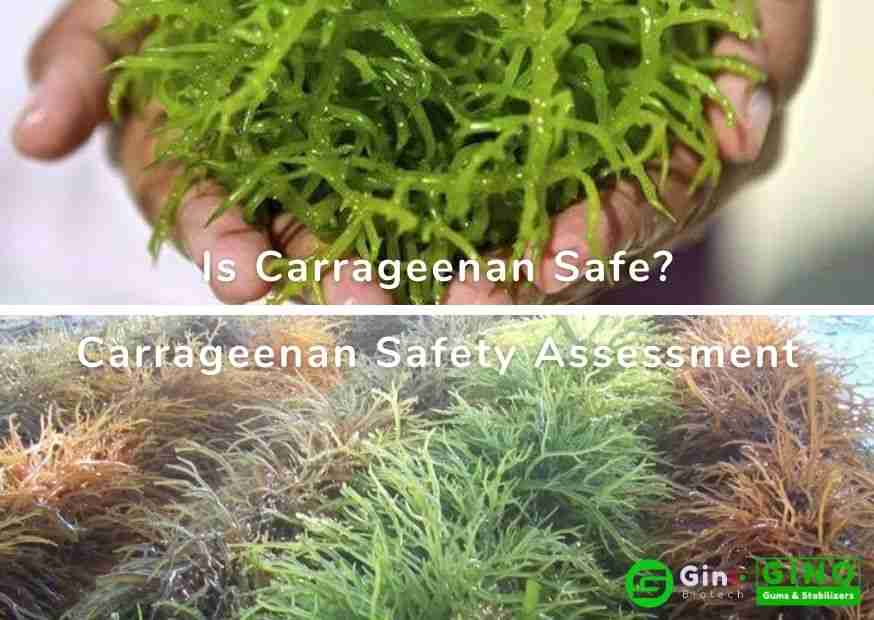
Is carrageenan safe in China?
China: Carrageenan has been included in China's food additive catalog, and GB2760-2014 stipulates that carrageenan can be used in all kinds of food in appropriate amounts according to production needs (refer to the below table), and also stipulates its permitted use varieties, use range, and maximum use or residue amount.
Carrageenan Safety Assessment by WHO
World Health Organization: In 1974, the expert committee of the World Health Organization and International Food and Agriculture Organization (JECFA) considered that carrageenan is safe and reliable for food use. With the advancement of science and technology, JECFA has continued to evaluate carrageenan and has maintained the conclusion that there is "no need to establish limits".
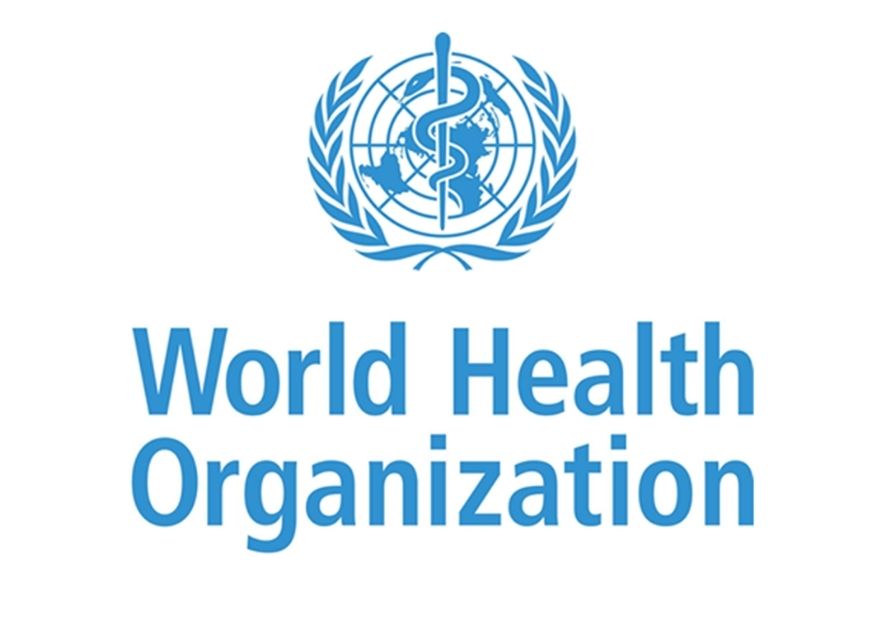
Is carrageenan safe in USA?
U.S.A.: The U.S. Food and Drug Administration (FDA) has long listed carrageenan as a GRAS substance, and has found it to be safe for use in a variety of foods.
Table
Carrageenan is allowed to be used in a variety of food products, the scope of use and the maximum use or residue level
Food Classification Number | Food Name | Maximum Use Amount (g/kg) | Remarks |
01.05.01 | Thin cream | Use in appropriate amounts according to production needs |
|
02.02.01.01 | Butter and butter concentrate | Use in appropriate amounts according to production needs |
|
06.03.02.01 | Raw and wet noodle products (e.g. noodles, dumpling skins, wonton skins, roasted wheat skins) | Use in appropriate amounts according to production needs |
|
06.03.02.02 | Raw and dry noodle products | 8.0 |
|
11.01.02 | Other sugars and syrups (raw sugar, fructose (sucrose source), molasses, partially converted sugar, maple syrup, etc.) | 5.0 |
|
12.09 | Spice category | Use in appropriate amounts according to production needs |
|
13.01 | Infant formula | 0.3g/L | In terms of the amount used in ready-to-eat foods |
14.02.01 | Fruit and vegetable juice (pulp) | Use in appropriate amounts according to production needs | Increasing the use of solid beverages by dilution times |
- Using medium and low temperature high alkali method to extract agar, because the temperature is moderate, the production process is easier to control. At the same time, due to the large amount of alkali, the water consumed for cleaning is very large, the burden on the environment is large, the production cycle is also very long, the production costs are higher.
- Using high temperature dilute alkali method to extract agar, the alkali concentration is lower, causing less pollution to the environment and short production cycle. However, the production process is not easy to control because of the high extraction temperature, and the alkali tends to destroy the agar under high temperature conditions, resulting in gum loss and reducing the yield.
Degraded Carrageenan is Not Safe
Around 2000, a paper claimed that carrageenan caused colonic ulcers in experimental animals and that "degraded carrageenan" might promote tumor formation.
In response, JECFA organized a re-evaluation of carrageenan by leading experts from 10 countries.
After reviewing all the scientific evidence, the experts concluded that the paper's conclusion of "colon ulceration" was suspiciously "detached from dose to toxicity".
Based on data from Europe, the United States and Canada, it was estimated that a normal person would eat about 30 to 50 mg of carrageenan a day. The dose that causes intestinal ulcers is about 45,000 mg, which is equivalent to an adult eating 45 kg of jelly a day.

Therefore, the experts reiterated that carrageenan is safe and there is no need to restrict its use in food.
Related Articles
Recent Posts
About Gino Biotech

We are a biotech company specialized in the research, development and commercialization of innovative and technological food additives hydrocolloids Agar Agar, Carrageenan and Tailor-Made Stabilizer Solutions.
With the extended know-how and experience in the research, application and use of Hydrocolloids, we could provide one-stop-shop customized solutions perfectly matched to the needs of our customers.
Our products cover the needs of the Meat, Dairy, Bakery, Confectionery and other industrial sectors.


